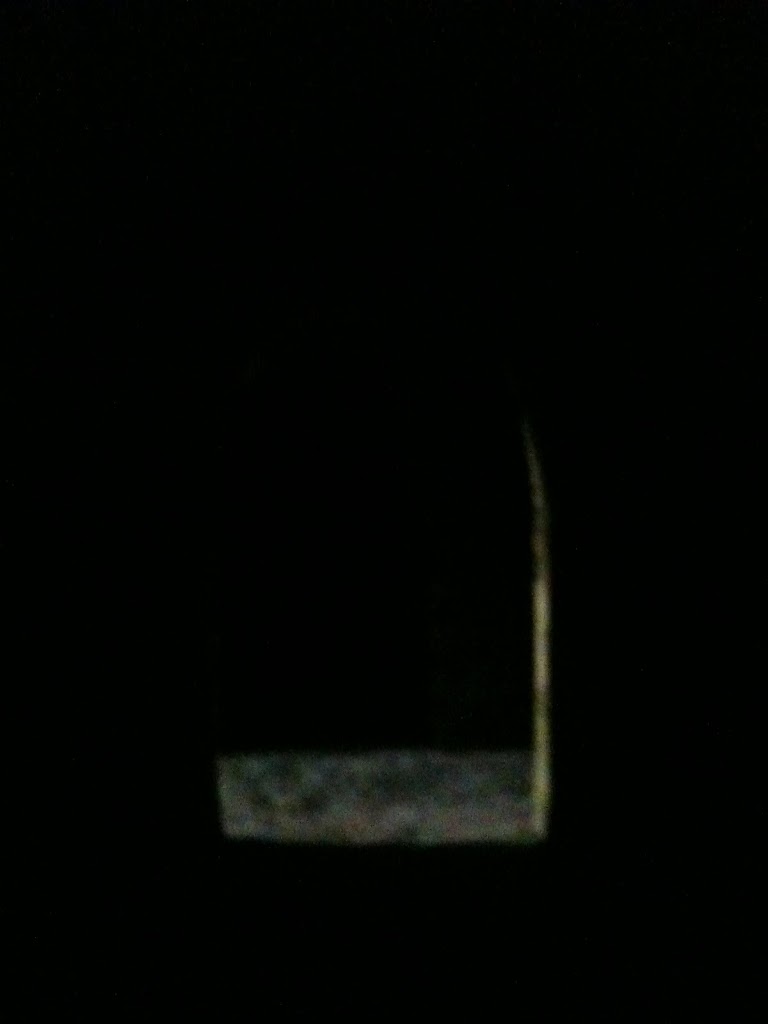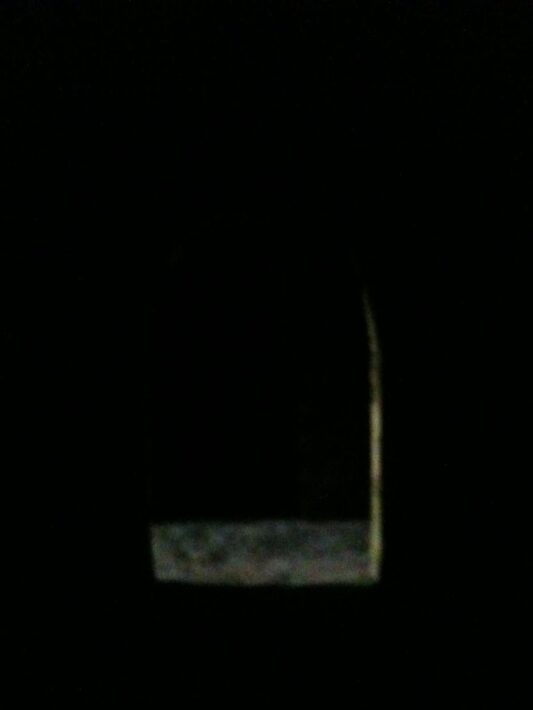He descended to the Dead – what did we gain by this?
What happened when Jesus descended to the dead? How did God die? Is the Corpse of Christ also God? What is Sheol, Hell, Hades? How do you picture it?
Do you imagine Him falling into the horror of death as helpless (and yet as triumphant) as Gandalf falling into the abyss in Moria, battling with the Balrog as He descends to the uttermost depths? Or have you pictured it like Aragorn taking the Paths of the Dead to summon the ‘oathbreakers’ to fulfil their promise and be summoned to a great victory?
I only realised how little I’d thought about what this descent might be, until I read these words of Von Balthasaar and imagined the terrible reality of a place into which all the world’s sin is finally cast – the second chaos..
“Christ’s final act of obedience toward His Father, is that He descends into hell – the place into which all the world’s sin is finally cast. In hell He encounters His own work of salvation, not in Easter triumph, but in the uttermost night of obedience, truly the obedience of a corpse.
He encounters the horror of sin separated from men. He walks through sin and, traversing its formlessness, He experiences the second chaos. While bereft of any spiritual light emanating from the Father, in sheer obedience, He must seek the Father where He cannot find Him under any circumstances.“
It is strange how little we hear meditations on the reality of this extraordinary day in the western church. But last year in Bet Shemesh I attended again the Byzantine Catholic Liturgy of Holy Saturday, in which the mind and heart must contemplate all the day this astonishing fact: “God is dead and we have killed Him.” Nietzsche.
Martin photocopied and sent me some words from the Holy Father’s introduction to Christianity recently and they were illuminating: beginning with the idea that this Death of God is very particular to our own age, in which we have so often chosen to overlook and to do without Him. And yet this phrase of Nietzsche’s, he points out “God is dead and we have killed him.” belongs linguistically to the tradition of Christian Passiontide piety.. and so to the Liturgy in Bet Shemesh in which a tomb is set up in the centre of the chapel.
Then a beautiful icon of Christ, printed on cloth, is carried with immense reverence, and drapped over it. Throughout the lamentations, flowers and incense are brought with great solemnity by all the congregration and people prostrate themselves before the flower-strewn tomb.
The lamentation continues throughout the day and the poetry of the ancient liturgies makes one marvel at the paradoxical truth that this corpse is still the Godhead. Silent and utterly without power.
“God has spoken, God is word, but this does not entitle us to forget the truth of God’s abiding concealment. Only when we have experienced him as silence may we hope to hear his speech, too, which proceeds in silence.” Pope Benedict XVI
What can we learn from this?
“What appears as the innermost heart of his Passion is not any physical pain, but radical loneliness, complete abandonment. But in the last analysis what comes to light here is simply the abyss of loneliness of man in general, of man who is alone in his innermost being.
This loneliness, which is usually thickly overlaid but is nevertheless the true situation of man, is at the same time in fundamental contradiction with the nature of man, who cannot exist alone: he needs company.
That is why loneliness is the region of fear, which is rooted in the exposure of a being that must exist, but is pushed out into a situation with which it is impossible for him to deal.” More real and uncomfortable words from the Holy Father.
And yet God enters even into this radical loneliness and this uttermost region of fear..
“In truth – one thing is certain; there exists a night into whose solitude no voice reaches, there is a door through which we can only walk alone – the door of death.
In the last analysis all the fear in the world is fear of this loneliness. From this point of view, it is possible to understand why the Old Testament has only one word for hell AND death, the word ‘sheol’: it regards them as ultimately identical. Death is absolute loneliness. But the loneliness into which love can no longer advance is – hell.”
And so the Holy Father returns to consider this article of the creed from point of view of this existential loneliness:
“This article asserts that Christ strode through the gate of our final loneliness, that in his passion He went down into the abyss of our abandonment.
Where no voice can reach us any longer, there is He.
Hell is thereby overcome, or, to be more accurate, death, which was previously hell, is hell no longer. Neither is the same any longer because there is life in the midst of death, because love dwells in it.”
When I was in Jerusalem I climbed almost to the top of the Mount of Olives and found there a strange set of tombs I knew nothing about. The Tombs of the Prophets, with some very unprepossessing advertising on a rusty sign! Very Israeli. Often their great archeological sites are left almost desolate and unmarked.
But there in the cool of the stone underground caves, are some tombs carved out, one of which is certainly the tomb of the Prophet Haggai. The others bear traces of being various ancient officials and officers, but at the back of the tomb series is one, which Brother Pierre, who looks after the tombs, tells us may just possibly be one of the places where Christ may actually have been laid.
I took a few pictures down there in the half light.
This one however, I like the best, because it echoes for me what we have just been considering. That there in the depths of Sheol, already we experience the light of the intimation of the resurrection, because even there, by entering into those mysterious realms “into an abandonment so deep that no “you” could reach into it any more, Christ has triumphed.
The door of death stands open since life – love – has dwelt in death.”
And that is a consoling thought.




For all those daring to face and battling the Shadow – which I feel is not to be danced with but confronted for the lies it feeds us – may they take courage – the cross is a door and noone dies alone. This Easter I felt a re-awakening of the epic adventure that He invites us on – there is no escaping this fundamental pain of existence as well as the deeper hidden sources of joy that is our post-fall legacy. In the developed West it haunts us internally – even as external wars and wants abate. We can deny or seek to numb our experience of this drama – but it is one that good ART always brings to the fore.